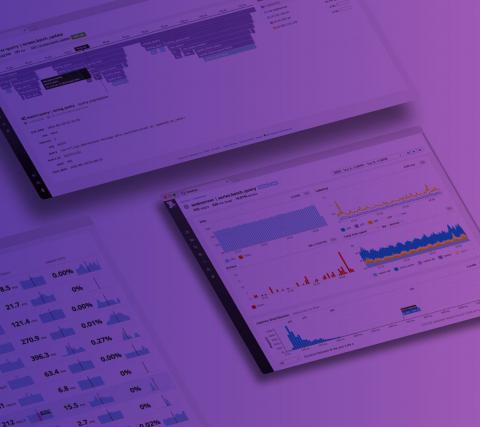Rise of the Digital Operations Ecosystem
Many organizations today are dealing today a lot of complexity and disconnected tools. Teams and departments are running in parallel but siloed from each other. People are burned out from a lot of manual work, and everyone is crunched for time. This is not a happy ecosystem to live in. If this digital ecosystem doesn’t work together, your teams don’t know what’s going on and they lack the right information.











